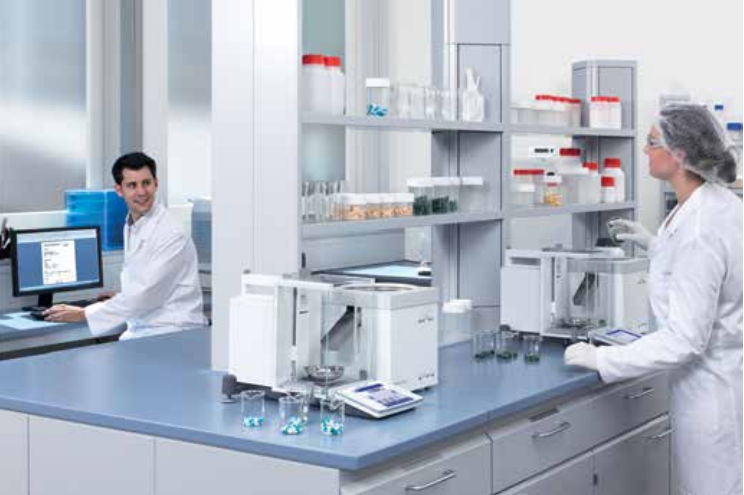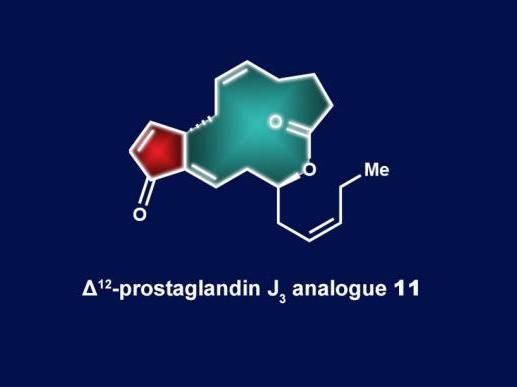BASF is increasing its capacity of low molecular weight, highly reactive polyisobutene
BASF is increasing its production of low molecular weight, highly reactive polyisobutene (HR PIB). Between now and 2010 the company will increase its annual capacity by 25,000 metric tons. The polymer, marketed worldwide under the Glissopal® trademark, is an intermediate product which is used to manufacture additives for fuels and lubricants. The increase in capacity is taking place within the local integrated system, known as Verbund, at the Ludwigshafen site.
“In this way we are improving our efficiency and strengthening our global business in fuel additives and intermediates for lubricant additives. At the same time we are making a positive contribution to the company’s carbon footprint by doing away with transports between different sites. Beyond that, we are making significantly higher quantities of HR PIB available to the market,” says Hans W. Reiners, head of BASF’s Performance Chemicals division. “With this expansion we are building a bridge between economics and ecology.”
Already in March 2008, BASF increased its Glissopal® capacity at its site in Antwerp, Belgium by 25,000 metric tons per annum.
Topics
Organizations
Other news from the department manufacturing

Get the chemical industry in your inbox
By submitting this form you agree that LUMITOS AG will send you the newsletter(s) selected above by email. Your data will not be passed on to third parties. Your data will be stored and processed in accordance with our data protection regulations. LUMITOS may contact you by email for the purpose of advertising or market and opinion surveys. You can revoke your consent at any time without giving reasons to LUMITOS AG, Ernst-Augustin-Str. 2, 12489 Berlin, Germany or by e-mail at revoke@lumitos.com with effect for the future. In addition, each email contains a link to unsubscribe from the corresponding newsletter.
Most read news
More news from our other portals
Last viewed contents
Navier-Stokes_equations

The Characterization of Pharmaceuticals Using Thermal Analysis - Our Guide Provides Insight into the Routine Practice and Benefits of Thermal Analysis Techniques
Sartorius continues to grow by double digits - Growth dynamics of the Lab Products & Services Division impacted by softer European demand

From Paper to Digital - Management of Weighing Data -
Daunorubicin

Converting PFAS “forever chemicals” into valuable compounds - Scientists develop a new method to incorporate harmful perfluoroalkenes into N-heterocyclic carbene ligands
GV_Prasad
Methandrostenolone
Category:International_Technology_Roadmap_for_Semiconductors_lithography_nodes
Sucrose_gradient_centrifugation




























































